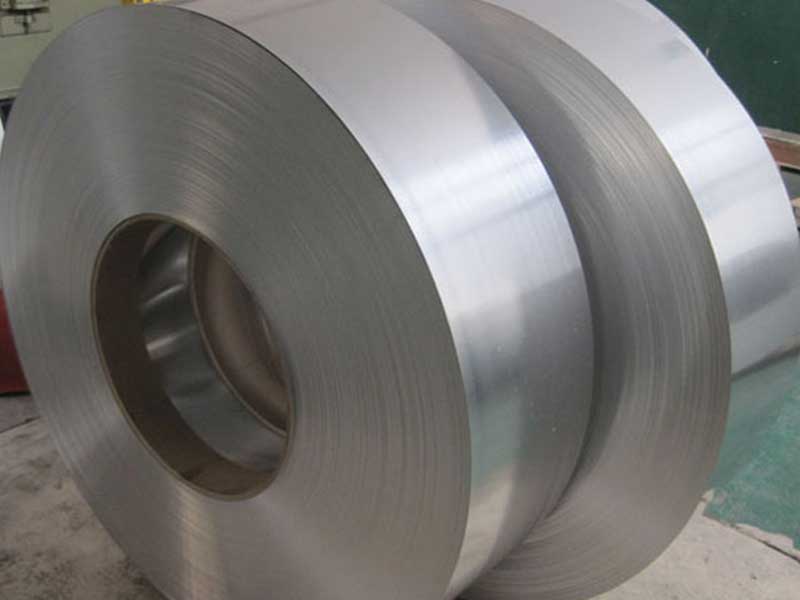In the realm of HVAC (Heating, Ventilation, and Air Conditioning) systems, selecting the right materials is crucial for optimizing efficiency and performance. One such material, frequently overlooked yet fundamentally important, is the aluminum strip for air ventilation ducts. This article delves into its features, advantages, and a variety of applications that highlight its significance in modern ventilation solutions.
Features of Aluminum Strips for Ventilation Ducts
1. Lightweight and Durable
Aluminum strips are known for their exceptional strength-to-weight ratio. This quality makes aluminum an ideal choice for air ventilation ducts, where lightweight materials are required for ease of installation and maintenance without compromising durability. Aluminum doesn't rust, thus ensuring that the strips maintain their integrity and functionality over time, even in high-humidity environments.
2. Corrosion Resistance
One of the standout features of aluminum is its natural ability to resist corrosion. When used in air ventilation ducts, aluminum strips can withstand various environmental conditions without degrading. This property ensures long-lasting performance, reducing the costs associated with replacement or repairs caused by wear and tear.
3. Excellent Thermal Conductivity
Aluminum is renowned for its high thermal conductivity. This is vital for ventilation systems, as it allows for quick and efficient temperature regulation within the ductwork. By optimizing the airflow and minimizing heat loss, aluminum strips play a fundamental role in enhancing the overall energy efficiency of HVAC systems.
4. Flexibility and Variety
Aluminum strips come in various sizes and thicknesses, allowing manufacturers to create tailor-made solutions for specific ventilation needs. This feature ensures that the installations can cater to different airflow requirements, layouts, and design aesthetics, making aluminum sufficiently versatile for diverse applications.
Applications of Aluminum Strips in Air Ventilation Ducts
1. Residential and Commercial HVAC Systems
Aluminum strips are extensively used in both residential and commercial HVAC systems. They can be added to duct systems for connecting various components and reinforcing joints, improving airflow while ensuring stability and durability.
2. Industrial Ventilation
In component manufacturers and heavy processing industries, having reliable airflow is essential. Aluminum strips are perfectly suited for industrial ventilation ducts due to their extensive weight capacity and resistance to the harsh conditions often present in an industrial setting.
3. Energy-Efficient Solutions
Commercial buildings, hospitals, and warehouses leverage aluminum ventilation strips in their energy-efficient systems. By using aluminum components, these establishments can reduce energy consumption significantly, as aluminum naturally does not retain heat, thereby contributing to Latino air-handling efficiency.
4. Revamping Legacy Ventilation Equipment
For establishments that require renovation or updating of their ventilation systems, aluminum strips can be crucial in transitioning old ductwork into more efficient modern systems. These strips can connect with various original materials, enhancing functionality without the need for a complete replacement.
5. Paint Shop Exhaust Systems
Aluminum’s resistance to chemicals makes it an optimal choice for ventilating paint shops. Strip utilization eases both intake and exhaust air management, controlling fumes and maintaining air quality effectively.











